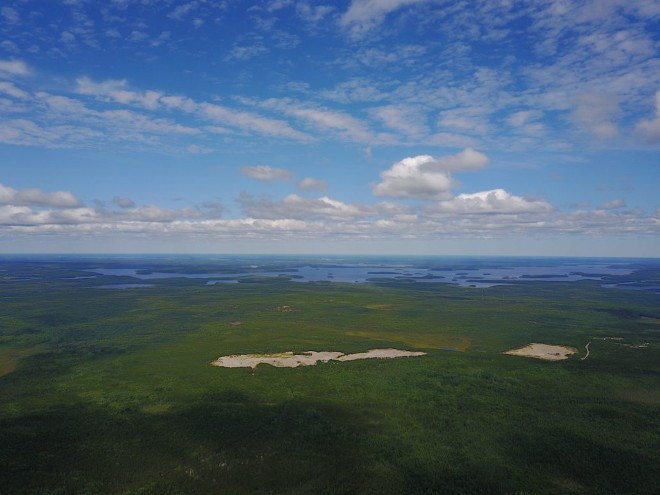Great Bear doubles vertical span of LP fault at Dixie

The release notes that the gold grades and thicknesses at depth were better than those closer to surface on two of the three sections tested. This initial drilling at depth targeted areas below the “most weakly mineralized segment of the LP fault…”
“We drilled below the most weakly mineralized segment of the LP fault with our first deep holes, and discovered better gold mineralization at depth,” Chris Taylor, Great Bear’s president and CEO, said in a release. “After 270 drill holes we have yet to find the limits of the LP fault’s gold mineralization.”
Taylor added that mesothermal gold systems such as those found in Red Lake can cover kilometres on a vertical scale. Great Bear is completing modelling work to plan its 2021 drilling.
Guidance on the timing of an initial resource for Dixie is expected in the “coming weeks.”
The LP fault zone is associated with both high-grade and bulk tonnage-style gold. Although the company’s main target at depth is high-grade gold, both mineralization styles appear to be well developed at depth.
The deeper step-out drilling is expected to continue throughout 2021. Great Bear is focused on infilling a 4-km section of the 18-km strike of the LP fault at Dixie this year. At least 130 drillholes are scheduled to be completed in 2021 at the structure. Great Bear is completing a $45-million exploration campaign at the 91.4-sq.-km property.
Dixie hosts two exploration targets: mafic-rock hosted high-grade gold in quartz veins and replacement zones at the Dixie Limb and Hinge and Arrow zones and the felsic sediment and volcanic-hosted high-grade disseminated gold with broad envelopes at the LP fault.
(This article first appeared in the Canadian Mining Journal)




